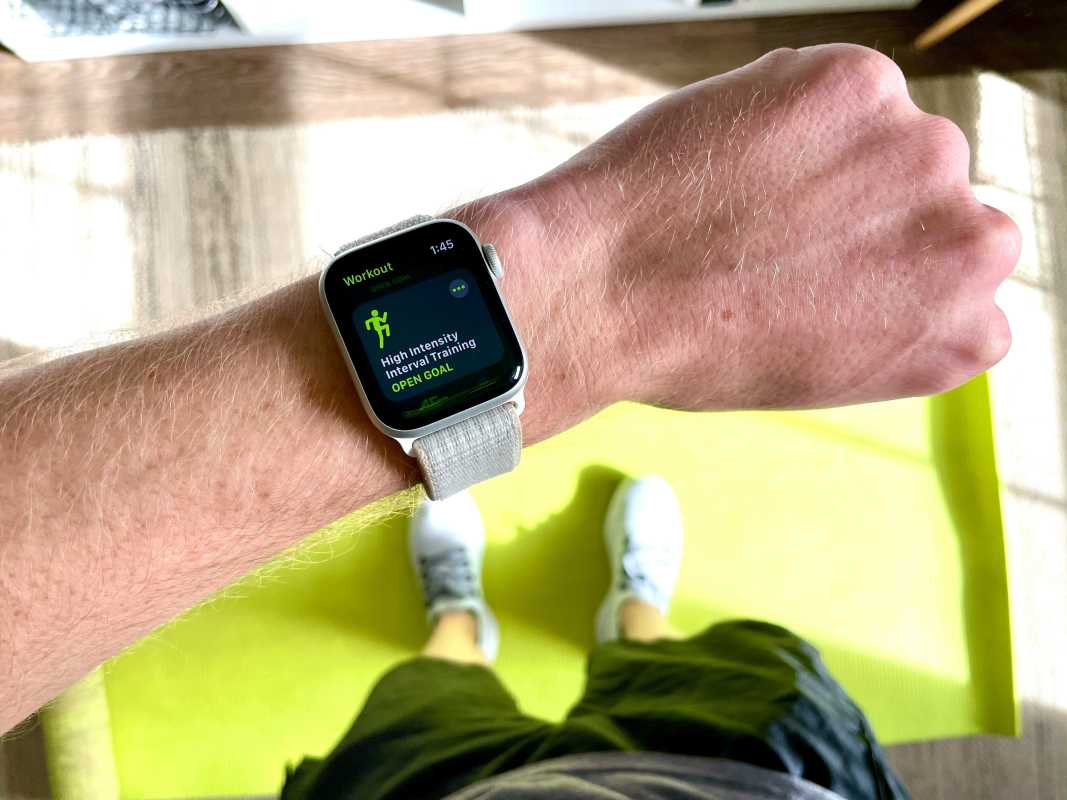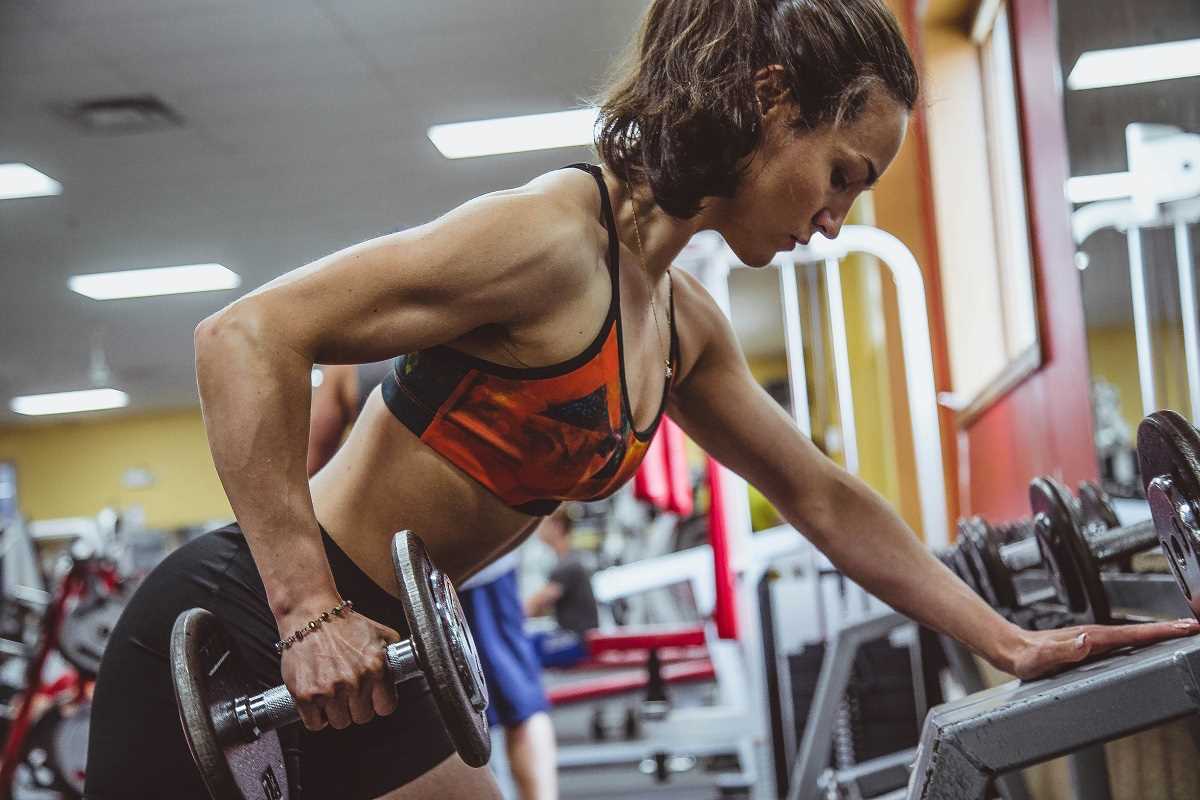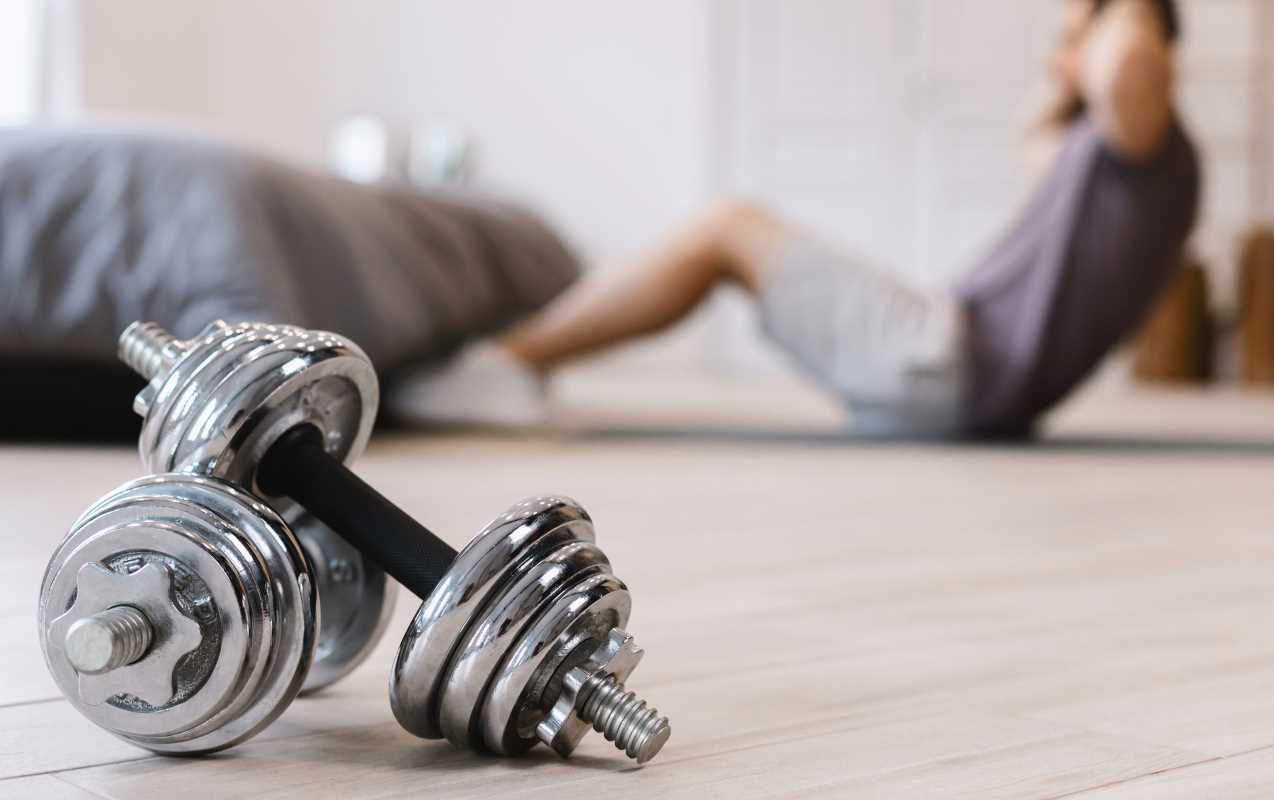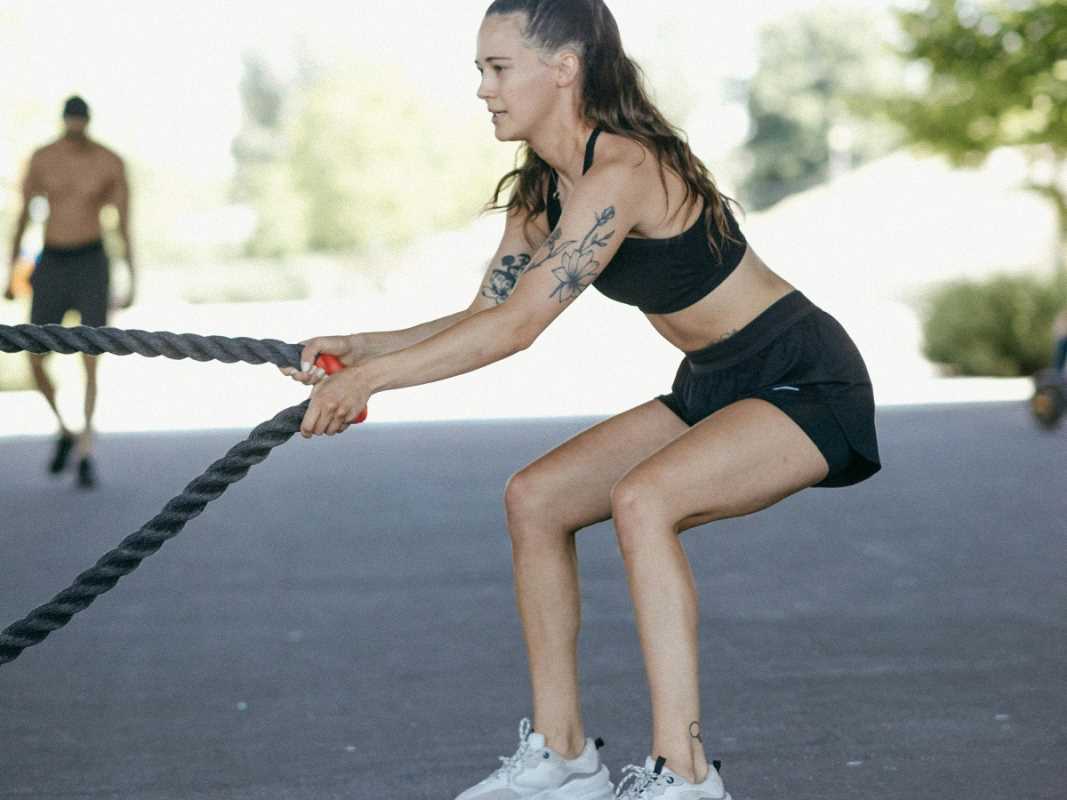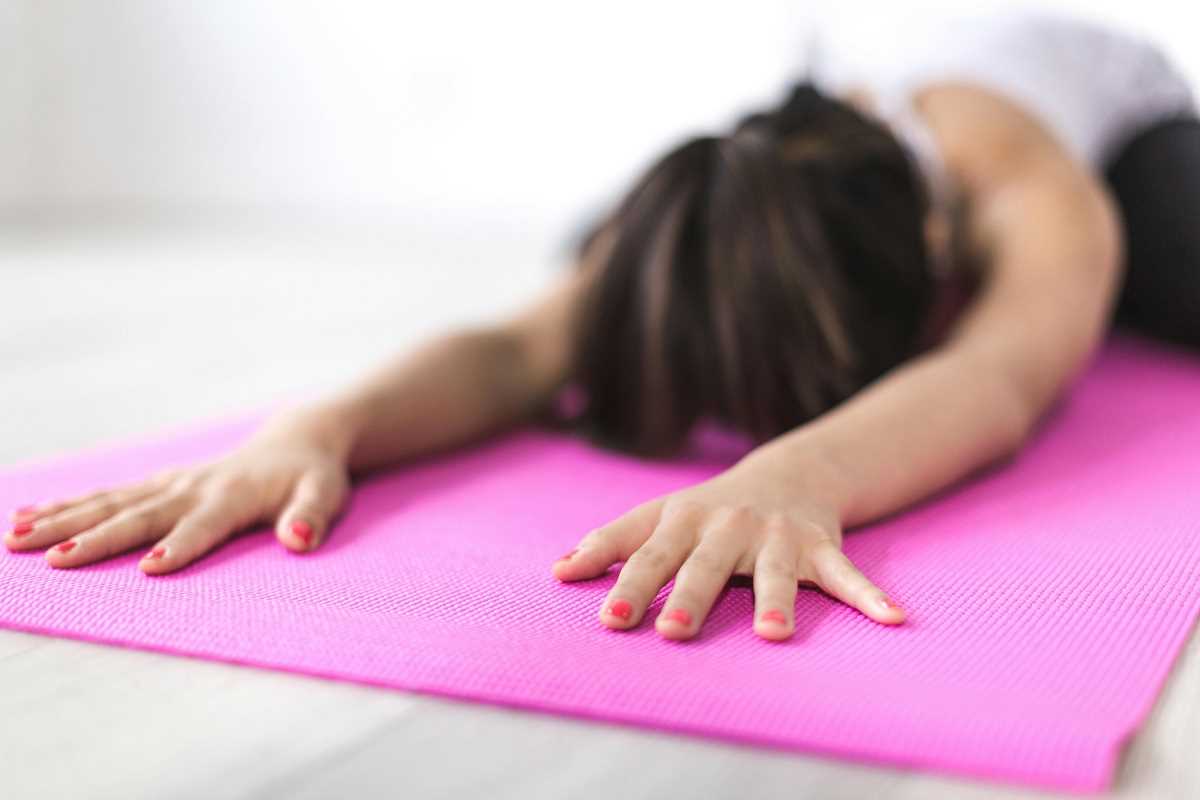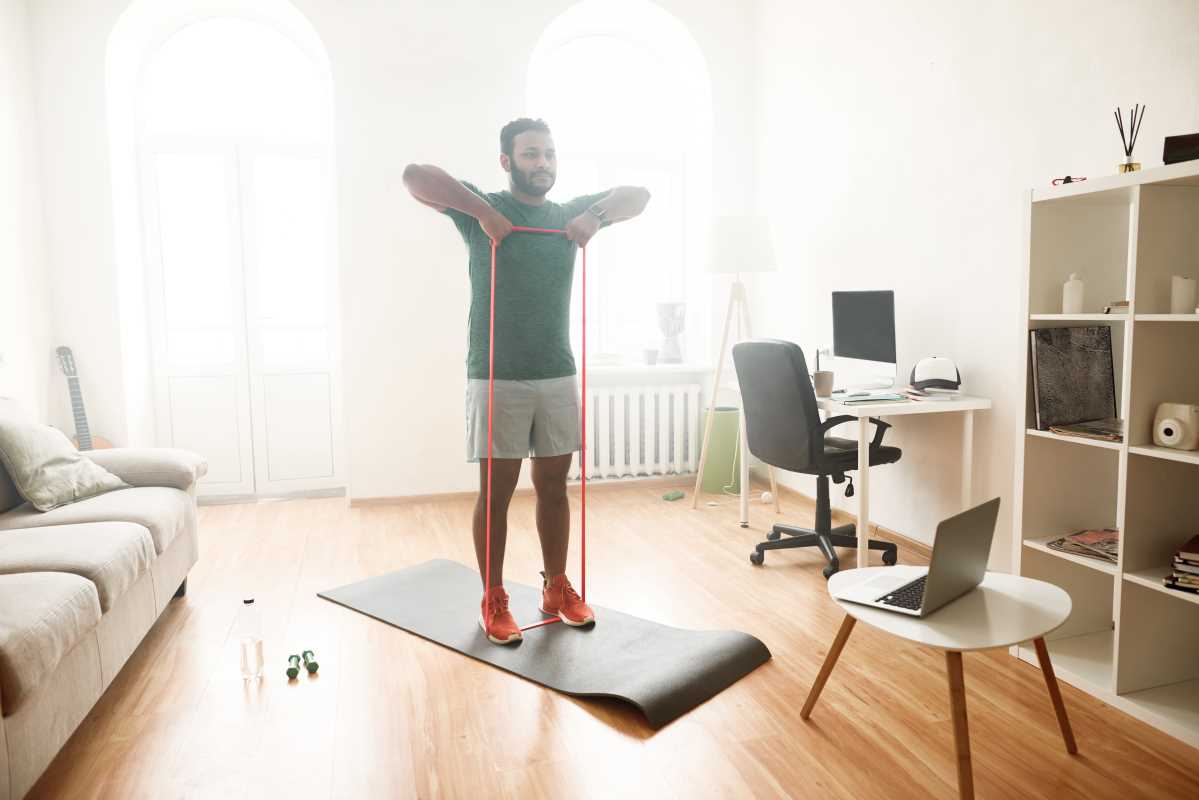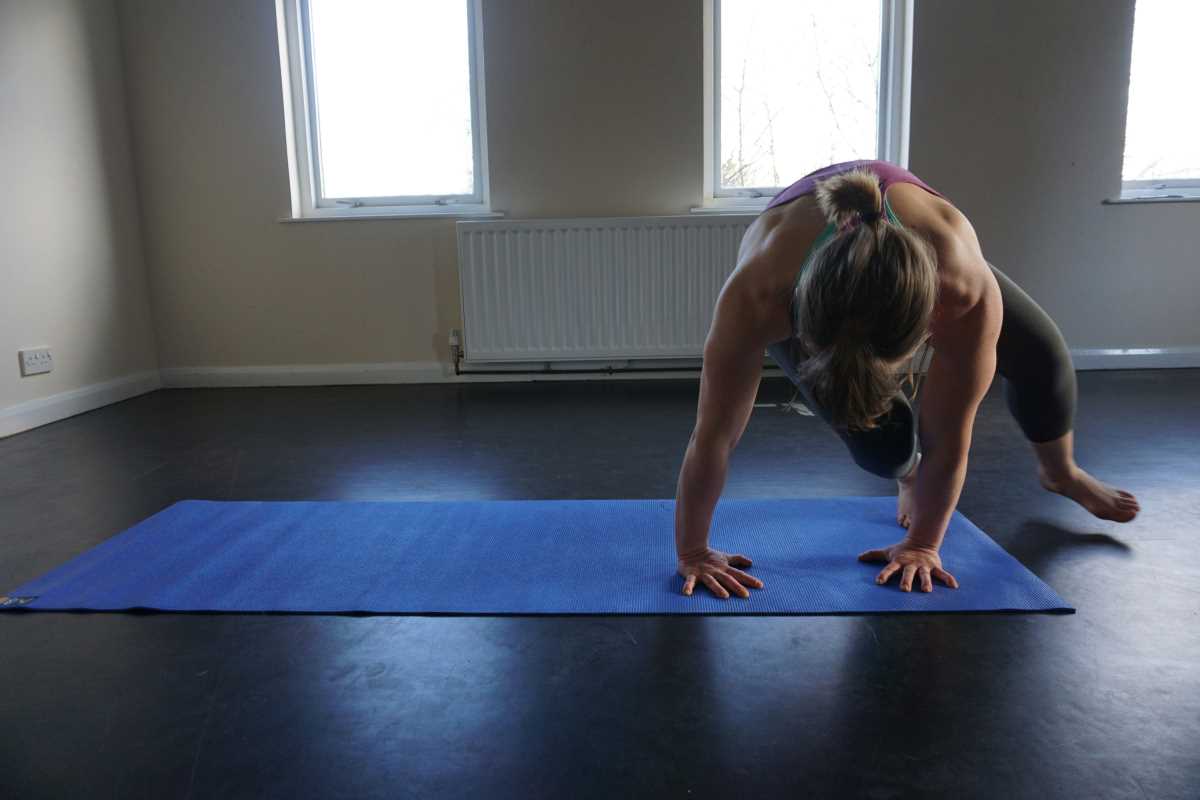Strengthening your core often turns into a repetitive routine of endless sit-ups and crunches, which rarely delivers the results people want. Combining the gentle stretches of yoga with the targeted movements of Pilates creates a dynamic approach that goes beyond traditional workouts. By weaving together breath control, focused muscle engagement, and smooth transitions, this blend promotes a more balanced and resilient midsection. You will notice improvements in posture, stability, and overall body awareness as you practice. Embracing this combination helps you unlock new ways to challenge your core and enjoy steady, sustainable progress in your fitness journey.
By exploring this combined approach, you’ll discover sequences that challenge both flexibility and endurance, while reducing the risk of strain. With clear guidance on alignment, targeted drills, and easy-to-follow routines, you’ll feel confident taking each session at your own pace. Let’s dive in and build a foundation that holds strong wherever life takes you.
Understanding Yoga and Pilates Fusion
- Centering through breath: Link smooth inhales and exhales to movement for stability.
- Controlled activation: Engage deep abdominals gently but purposefully, learning when and how to fire each muscle.
- Balanced mobility: Combine dynamic stretching from yoga with Pilates’ range-of-motion drills.
- Mind–muscle connection: Stay present, tracking how your core supports every twist, lift, and lengthen.
- Alignment focus: Keep hips, shoulders, and spine in harmony, reducing compensations that lead to injuries.
These principles guide each session, ensuring you never just go through motions. Instead, you listen to muscle feedback and refine movements for maximum impact. Whether you practice at home or with an instructor, staying curious about form helps you keep improving week by week.
This fusion also encourages periods of stillness. Holding poses like a side plank or chest lift lets you tune into minor tremors and subtle shifts. Those tiny shakes reveal how your stabilizers work—and teach you to strengthen them over time.
Core Stability Benefits
Strengthening your core does more than define your silhouette. A resilient midsection supports your lower back, reducing discomfort during daily chores, workouts, or long hours seated. You’ll notice improved posture and less fatigue when standing or walking.
On top of that, a solid core enhances athletic performance. Whether you play tennis, cycle, or take brisk walks, efficient power transfer originates from that central cylinder around your spine. You’ll feel steadier turns, faster accelerations, and fewer wobblers when balancing on one foot.
Working on both deep stabilizers and superficial muscles also lowers your risk of injury. A well-rounded routine helps your body distribute loads evenly, avoiding overloads on joints. Over time, you’ll enjoy smoother movement and better coordination in any sport or daily activity.
Top Fusion Exercises and Routines
- Flowing Plank SeriesStart in a forearm plank, then shift to high plank. Move slowly, keeping hips level. Hold each position for five breaths.
- Repeat three times, focusing on a long neck, square hips, and engaged lower abs.
- Pilates Roll-Up to Boat PoseLie on your back with arms overhead. Exhale to peel up into a spine stretch, arms reaching forward. Inhale as you roll back.
- Next, lift into boat pose, balancing on sit bones. Keep chest open and chest lifted over thighs. Perform five controlled reps.
- Side-lying Leg Lifts with TwistLie on one side, propping your upper body on your forearm. Lift both legs slightly off the floor.
- Rotate hips to open chest, then return. Do eight twists per side, pausing at the top to refine muscle engagement.
- Crescent Lunge with Core PulseStep one foot forward into a low lunge. Keep back leg strong and lifted.
- Pulse your torso forward and back for ten reps, anchoring through the midline and breathing steadily.
- Bridge Lift with MarchLie on your back, knees bent. Raise hips into a bridge. Alternate lifting one knee toward chest.
- Perform twelve marches, focusing on spine stability and even hip placement.
You can string these moves into a 20- to 30-minute routine, repeating the full list twice. Adjust reps or holds to match your current fitness level and watch your confidence grow.
Safety Tips and Common Mistakes
Many eager practitioners arch their lower back during sit-ups or roll-ups. Instead, tuck your pelvis slightly and feel the abs working, not your lumbar region. This small shift protects your spine.
Watch for gripping in your neck or shoulders while holding planks. Drop to forearms if wrists protest, and draw shoulder blades down away from ears. This simple tweak keeps the upper body relaxed.
When you flow between yoga and Pilates moves, resist the urge to rush. Pausing briefly at each transition helps you recalibrate balance. Slowing down ensures every muscle cooperates, cutting the risk of misalignment.
Finally, customize breathing patterns. If you feel lightheaded, shorten holds or return to a neutral position. Breath control boosts your practice, but it must feel natural. Respect your limits and push gently.
Combining Flexibility and Strength Training
Pairing weighted exercises with this fusion further enhances stability. For example, after a Pilates plank series, grab light dumbbells for deadlifts. Your core will engage more strongly to protect your spine. Follow that with a yoga stretch like supta baddha konasana (reclining bound angle) to release tension.
Incorporate resistance-band routines to challenge rotation and anti-extension. Use side-step band walks or Pallof presses. You’ll lock in core engagement across multiple planes.
This fusion works best when you listen to your body and prioritize recovery. Roll out tight hips with a foam roller or simply rest in child’s pose. Keep a training journal to notice patterns and adjust workloads.
Practicing this yoga–Pilates blend with mindful breathing and proper alignment will strengthen and shape your core. Start today to build a more stable, resilient you.
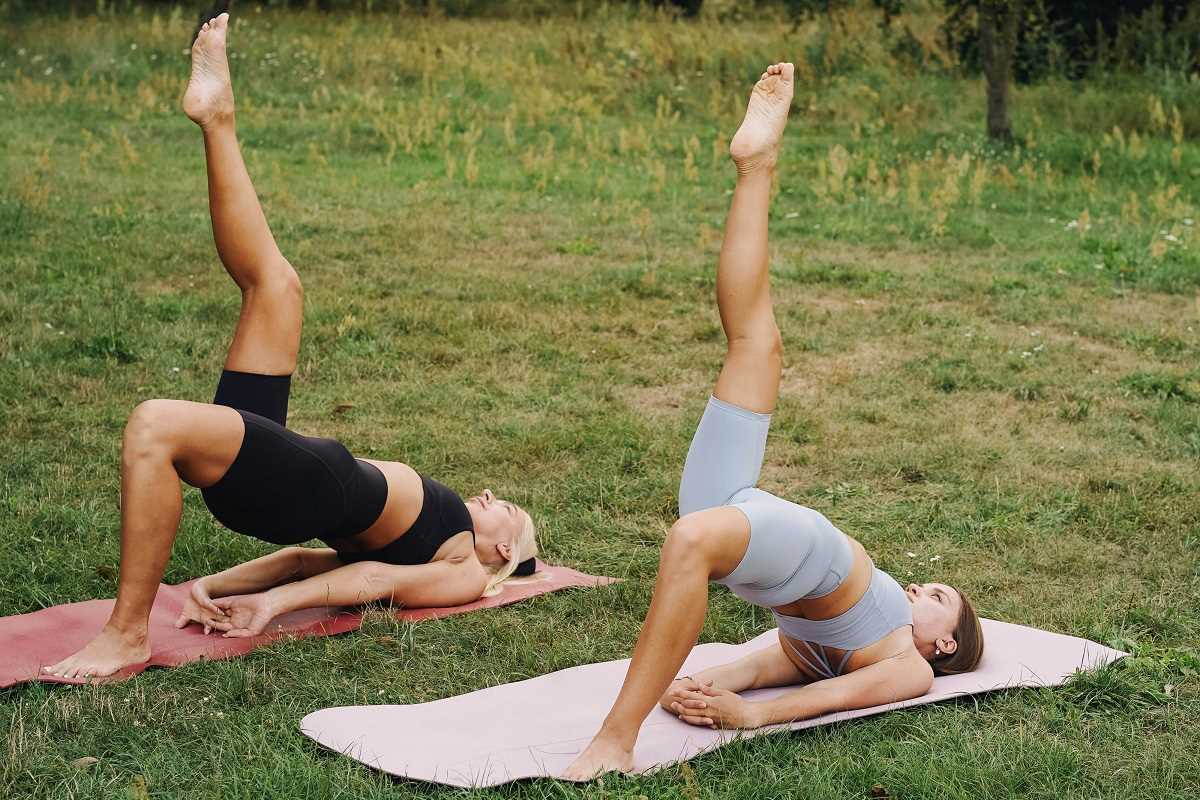 (Image via
(Image via